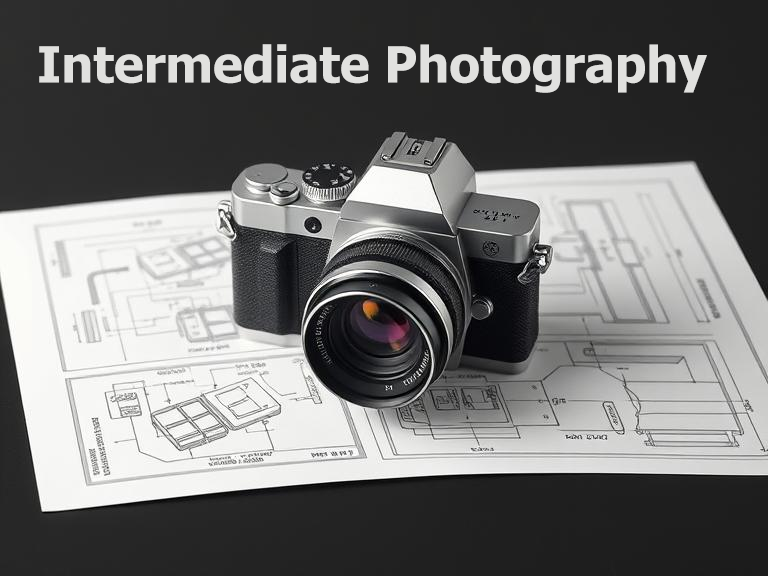Capturing motion for dramatic effect in photography involves various techniques designed to infuse energy and dynamism into your images. Achieving this can transform a static scene into one that feels alive and full of emotion. Whether photographing a bustling cityscape, an athlete in action, or wildlife in the wild, understanding how to effectively capture motion can dramatically enhance your photographic storytelling.
The first essential technique is using the right shutter speed. Shutter speed is crucial in determining how motion appears in your image. A fast shutter speed freezes motion, ideal for sports photography or capturing a fleeting moment in wildlife. For instance, setting your camera at 1/1000 of a second can freeze the flapping wings of a bird mid-flight or a jumping athlete at the apex of their leap. This technique highlights details like splashing water or airborne particles, adding intensity to the image.
On the contrary, slow shutter speeds create motion blur, conveying movement and speed. For example, a shutter speed of 1/30 or slower can blur a moving car’s background while keeping the car itself sharp, emphasizing its velocity. Panning is another technique that utilizes motion blur; by tracking your camera along with a moving subject while using a slow shutter speed, you keep the subject in focus while the background blurs dramatically. Practicing panning involves trial and error but can be highly rewarding. Settings like 1/60 of a second can effectively achieve this, depending on the speed of your subject.
Lighting plays a pivotal role in capturing motion for dramatic effect. Proper lighting can emphasize elements that you want to stand out. In natural light, shooting during the golden hour—either shortly after sunrise or before sunset—can give your photos warmth and depth, making motion appear more dramatic. When shooting indoors or under low light, using artificial lighting such as strobes or continuous lights can help freeze action or enhance shadows and highlights, adding drama to your shots. Experiment with light sources to see how shadows and highlights can enhance the perception of motion.
Creative framing and composition amplify the drama in motion capture. Use leading lines to guide the viewer’s eyes through the photograph, adding depth and focusing attention on the dynamic elements. Positioning your subject off-center using the rule of thirds can also add interest and tension to the composition. Additionally, consider angles when you capture motion. Shooting from a lower angle can make subjects appear larger and more powerful, accentuating their movement and dominance in the frame.
Utilize the burst mode feature in your camera to capture fast-moving subjects effectively. Burst mode lets you take a rapid succession of shots, ensuring you capture the perfect moment. This approach is especially useful in unpredictable situations like sports, wildlife, or street photography, where fractions of a second make a difference. Pair this with continuous autofocus to keep subjects sharp and in focus.
Post-processing techniques also significantly enhance the drama of motion in photography. Software like Adobe Lightroom or Photoshop allows for the adjustment of exposure, contrast, and saturation, making motion more vivid and compelling. Additionally, experimenting with black and white can add a timeless, classic feel to motion capture, emphasizing shapes and contrasts rather than color. Use editing tools to enhance motion blur or remove distractions that detract from the movement’s focus.
Understanding and capturing the emotional essence of motion can elevate your photographic work. Emotional context provides narrative depth, drawing viewers into the story told by the movement. For example, the joyful leap of a child or the graceful stride of a dancer captured in motion not only tells a story of movement but also evokes the emotions tied to those movements. Capturing these moments involves anticipating the peak of the action, where emotional expression and physical movement intertwine most compellingly.
Environmental context also adds layers to the movement for dramatic effect. The setting in which motion occurs can enhance the storytelling aspect. A ballet dancer’s leap contrasted against an urban backdrop adds tension between grace and grit, emphasizing the juxtaposition between subject and environment. Carefully consider how the background complements or contrasts with the subject, and adjust your shooting location or angle accordingly to capture the best perspective.
Lens selection is another critical factor. Telephoto lenses can focus on distant subjects, compressing the background and making the subject stand out, ideal for sports and wildlife photography. A wide-angle lens, on the other hand, allows more of the scene to be included in the frame, capturing vast landscapes or cityscapes in dynamic motion shots like rushing crowds or dramatic weather conditions.
Experimentation is key to mastering motion capture. Don’t be afraid to try unconventional methods or settings to see how they impact your results. Creative techniques like long exposure, zoom bursts, and double exposures can yield unexpected yet stunning outcomes that convey a sense of motion in an artistic and dramatic way. Continuously refine your skills and techniques to better understand how different settings and methods impact the overall effect.
In essence, capturing motion for dramatic effect involves mastering technical skills and artistic sensibilities. By combining precise shutter speed control, strategic use of lighting, thoughtful composition, and creative post-processing, photographers can encapsulate motion’s vitality, emotion, and narrative power, transforming their photographs into captivating stories told through movement.


